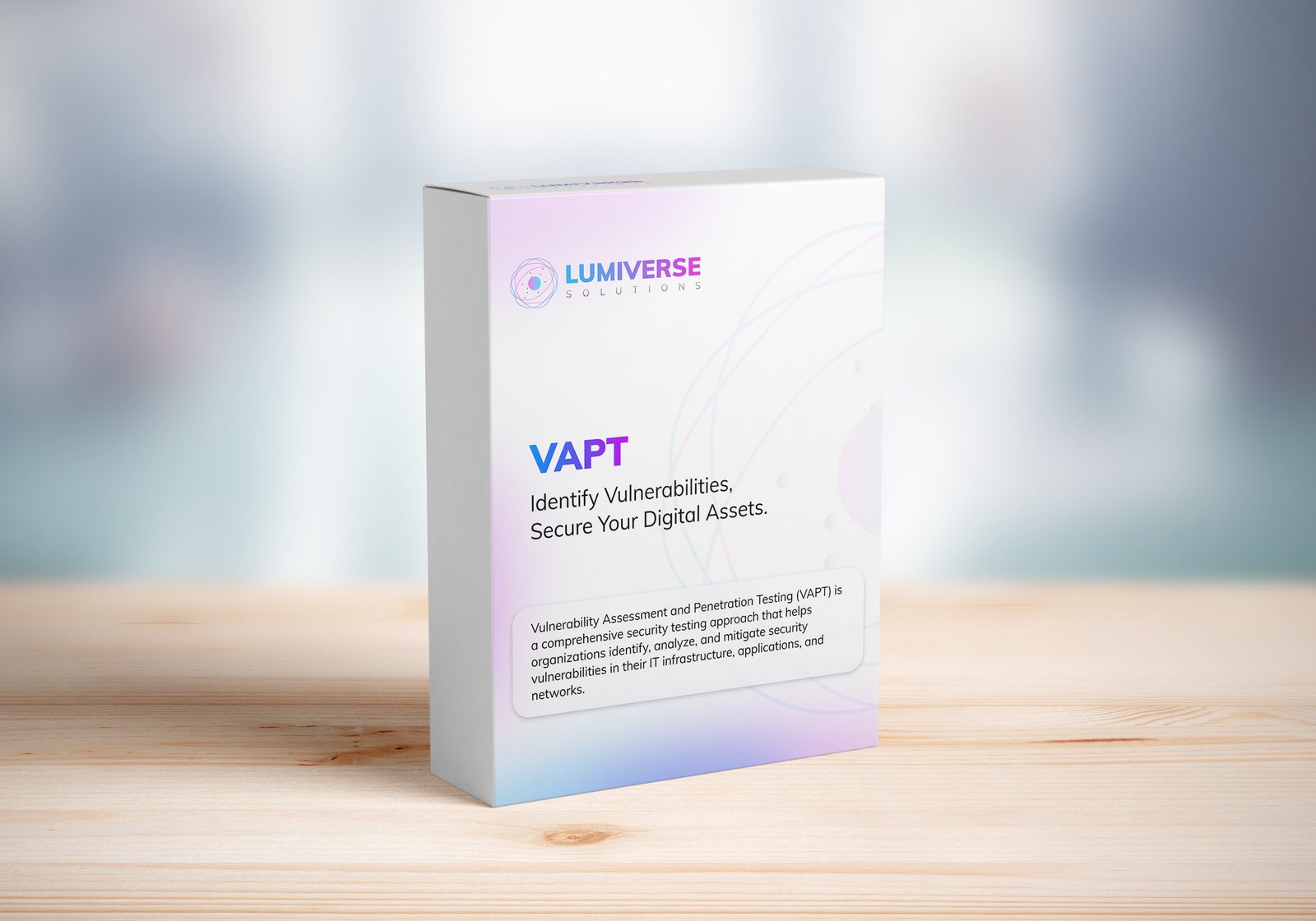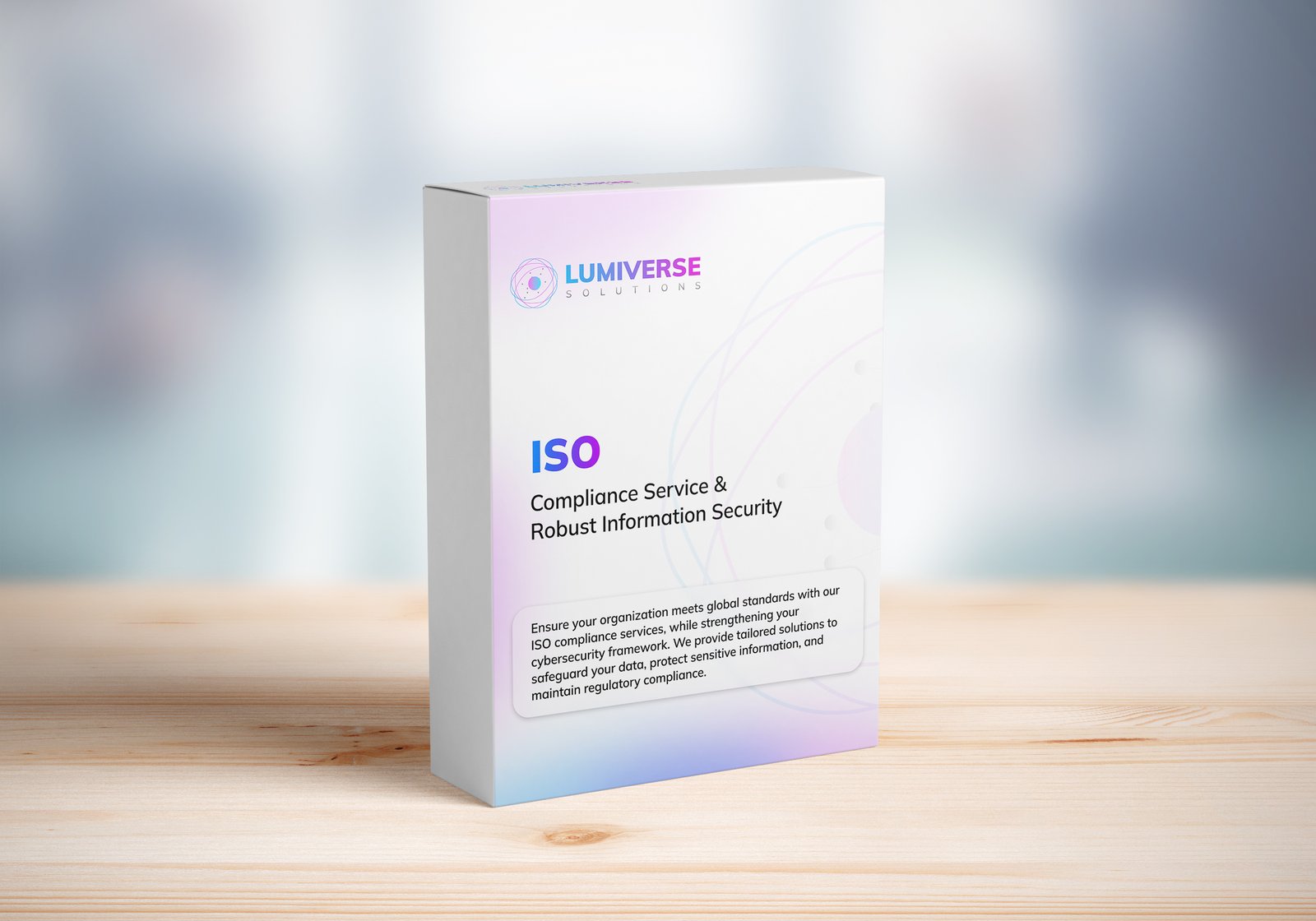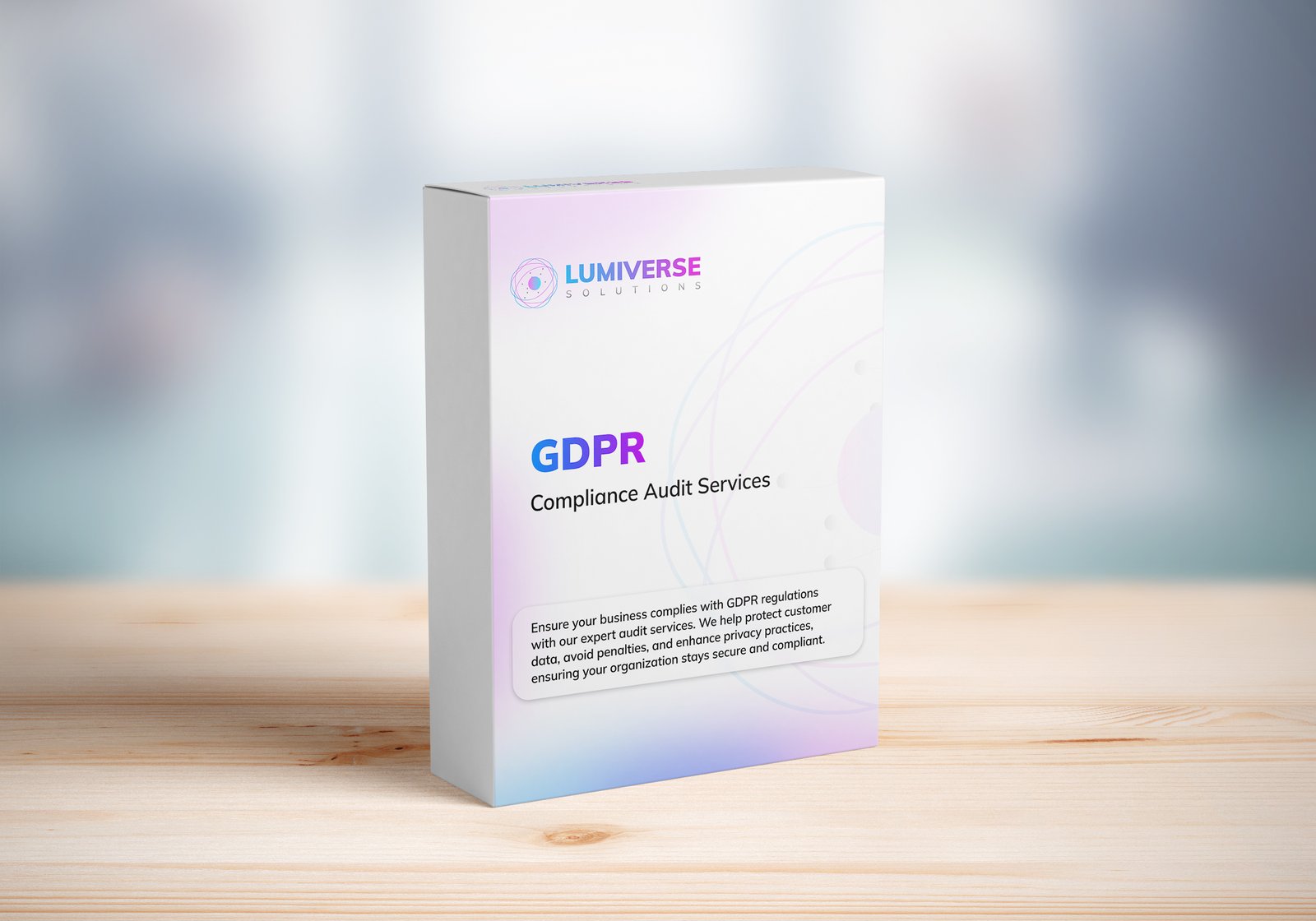VAPT services identify, assess, and fix New cyber threats.

INTRODUCTION
With the era of digital technology, businesses and organizations are more vulnerable to cyber threats that can expose confidential data, jeopardize operations, and cause significant losses. As cyberattacks methods evolve from cybercriminals, having robust security mechanisms is now more paramount to protect IT infrastructure. The most effective way to address cyber threats may be Vulnerability Assessment and Penetration Testing (VAPT).
VAPT services allow organizations to identify, assess, and correct cyber threats prior to being susceptible to exploitation by hackers. With comprehensive security tests, businesses can find vulnerabilities, enhance security controls, and be compliant with industry regulations.
During the course of this comprehensive guide, we will cover VAPT services, why they are essential for cyber threat prevention, how it is done, best practices, and how companies can leverage these services to fortify their cybersecurity.
What Are Cyber Threats?
Definition of Cyber Threats
A cyber threat refers to any harmful activity that attempts to destroy, steal, or interfere with computer information and systems. Cyber threats can be intentional, such as hacking and phishing attacks, or unintentional, such as security misconfigurations and human errors.
Types of Cyber Threats
Malware Attacks – Includes viruses, ransomware, trojans, and spyware utilized to damage or steal data.
Phishing Attacks – Deceptive emails and messages utilized to trick users into sharing confidential information.
DDoS (Distributed Denial-of-Service) Attacks – Overwhelming a server in order to paralyze online services.
SQL Injection – Attackers exploit database loopholes to gather data unauthorized.
Man-in-the-Middle (MITM) Attacks – Capturing communications for stealing or changing data.
Zero-Day Exploits – Attack on software vulnerability prior to correction.
Insider Threats – Security threats via employees or contractors in an organization.
As cyber threats become more sophisticated, businesses must employ proactive security practices like VAPT services to detect and mitigate risks efficiently.

What is VAPT?
Understanding VAPT Services
Vulnerability Assessment and Penetration Testing (VAPT) is a security testing approach used to find, evaluate, and remediate security vulnerabilities in an organization’s IT infrastructure. It combines two approaches:
Vulnerability Assessment (VA): Scans and detects vulnerabilities in networks, applications, and systems.
Penetration Testing (PT): Imitates real-world cyber attacks to determine the effectiveness of security defenses and capitalize on weaknesses.
With VAPT services, companies are able to identify hidden cyber threats, prevent data breaches, and enhance security positions.
Function of VAPT in Cybersecurity
Precautions against potential threats from malicious attackers before it hits
Aligns businesses in compliance with cybersecurity standards
Reduces risk of monetary loss incurred by data breaches
Enhances security on the network from adaptive cyber attacks
Enhances customers’ confidence due to guarding confidential data
The VAPT Process: Finding & Remedying Cyber Threats
1. Planning & Scoping
Define the scope of VAPT services
Find sensitive information and key assets
Define objectives based on security objectives
2. Vulnerability Assessment
Scan networks, systems, and applications for security vulnerabilities with automated tools
Discover weak passwords, outdated software, and misconfigurations
Generate a vulnerability report indicating potential cyber threats
3. Penetration Testing
Simulate real-world cyberattacks to exploit vulnerabilities
Conduct internal and external penetration tests
Determine the impact of successful exploits.

4. Risk Analysis & Reporting
Assess vulnerability severity based on exploitability and impact
Identify and prioritize high-level cyber threats for immediate remediation
Provide an in-depth security report with suggested recommendations
5. Remediation & Fixing Vulnerabilities
Patch security vulnerabilities
Implement security best practices
Strengthen access controls and encryption mechanisms
6. Retesting & Continuous Monitoring
Validate the effectiveness of security fixes
Conduct regular security audits and penetration testing
Implement continuous monitoring tools to detect emerging cyber threats
Best Practices for VAPT Services
To gain optimum value from VAPT services, organizations need to follow the following best practices:
Regular Security Audits – Perform VAPT at least twice a year to stay ahead of the changing cyber threat environment.
Use Automated & Manual Testing – Automated scans detect known vulnerabilities, and manual testing detects hidden threats.
Compliance Guidelines – Follow ISO 27001, PCI DSS, HIPAA, and GDPR.
Train Staff for Cybersecurity Awareness – Train employees on how to not be a victim of phishing and social engineering attacks.
Have a Strong Incident Response Plan – Have a well-constructed plan in place to respond to security incidents effectively.

VAPT for Diverse Business Industries
1. Banking & Financial Services
Banks handle confidential financial transactions, and therefore banks are the prime target of cyber attacks. VAPT services help harden bank security against fraud, identity theft, and data theft.
2. Healthcare Industry
With patient information and electronic health records on the line, VAPT services defend against HIPAA compliance and protect medical networks from cyber attacks.
3. E-commerce & Retail
E-commerce businesses must safeguard customers’ payment data. VAPT services detect vulnerabilities in payment gateways and ensure PCI DSS compliance.
4. Government & Public Sector
Governmental organizations have sensitive national security information. Periodic VAPT services protect against cyber warfare, insider threats, and espionage.
5. IT & SaaS Companies
Software companies must safeguard applications against cyber attacks. VAPT services verify software security and prevent data breaches.
Future of Cybersecurity & VAPT Services
As cyber attacks become more complex, the future of VAPT services will include:
AI-Driven Security Testing – Artificial intelligence and machine learning will detect vulnerabilities automatically.
Zero Trust Security Models – Every access request will be verified to prevent insider threats.
Cloud Security Audits – Compliance in multi-cloud environments.
Blockchain for Secure Transactions – Securing Financial Transactions.

Conclusion
With cyber threats on the rise, firms must adopt VAPT services in order to identify, assess, and correct security vulnerabilities in a proactive manner. Regular cybersecurity auditing helps organizations comply, prevent data breaches, and build customer trust.
By adding VAPT services to cybersecurity, firms can contain cyber threats, safeguard sensitive information, and help build a safe digital future.
Disclaimer
The information provided in this blog is for educational and informational purposes only. Although we try our best to give accurate and up-to-date content, threats in cybersecurity, cyber laws, regulations, and best practices change at all times. The material of this blog should not be considered legal, financial, or professional advice in cybersecurity. The readers should consult experienced cybersecurity professionals, auditors, or legal advisors before taking any action on VAPT services or managing cybersecurity risk.
Neither the authors nor the publishers of this blog are liable for any results, such as security breaches, non-compliance incidents, or economic losses, because of the implementation of information addressed here. Each organization has its own cybersecurity requirements and compliance demands; therefore, a tailored security approach is pivotal in thwarting cyber threats effectively.
By using this content, you acknowledge that you are only responsible for your own cybersecurity behaviors, risk assessments, and security decisions based on your own unique business situation and regulatory requirements.
Recent Posts
Categories
- Cyber Security
- Security Operations Center
- Cloud Security
- Case Study
- Technology Trends
Vulnerability Assessment & Penetration Testing (VAPT)
Buy our VAPT services to identify vulnerabilities, simulate real-world attacks, and strengthen your systems against cyber threats effectively.

iso compliance service
Buy our ISO Compliance services to streamline processes, ensure security, meet global standards, and maintain industry certifications with ease.

SOC 2 Compliance Audit
Ensure your business meets security, privacy, and compliance standards with our SOC 2 Compliance Audit services. Protect data, build trust, and stay secure. Buy our services today!

GDPR Compliance Audit Services
Ensure your organization meets GDPR standards with our expert compliance audit services. Protect data, avoid penalties, and enhance privacy practices. Buy our services today to stay secure and compliant!

Subscribe to our Research
Enter your email address to subscribe to Lumiverse Research and receive notifications of new posts by email.
Tell Us Your Opinion
We value your perspective! Share your thoughts, feedback, or questions below. Your opinion matters and helps create a richer, more engaging conversation. Let’s connect and hear what you think about this post!

